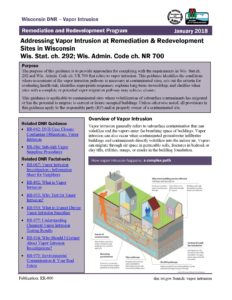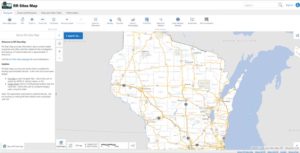The US EPA can help your community take care of abandoned or otherwise derelict properties that contain drums, barrels and other containers filled with hazardous substances. EPA staff will evaluate the site, analyze the chemicals and search for anyone involved in abandoning or disposing of the hazardous materials on the property.
If a responsible party is located, EPA will work with them to remove and clean up the hazardous materials. If no responsible party is found or the party is unable to complete the work, EPA may directly perform actions needed to address imminent threats. EPA seeks cost recovery from responsible parties whenever appropriate.
At smaller sites, municipalities can conduct the response action themselves and recover costs from EPA through the Local Governments Reimbursement Program. Reimbursement can include such costs as materials and supplies, renting or leasing equipment, special technical and laboratory services, evacuation services, decontamination of equipment, overtime pay for employees, and replacement of equipment that is lost or destroyed.
Contact John Sager, Federal Removals Coordinator at DNR, to see if a property in your community may be eligible for EPA assistance. His phone number is (715) 392-7822, and his email address is John.Sager@wisconsin.gov.


